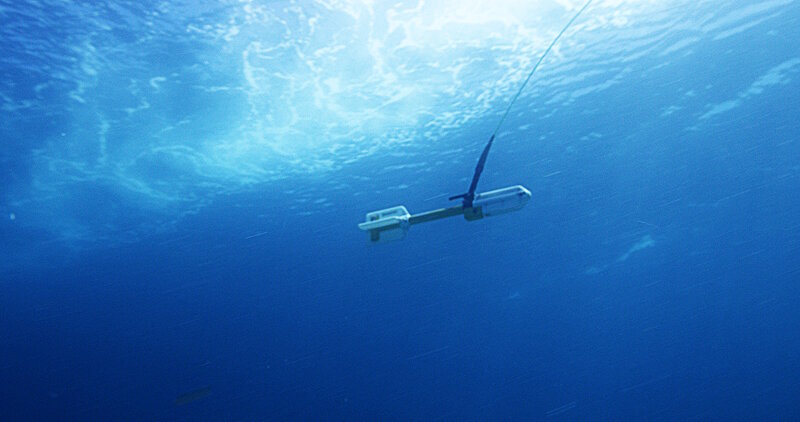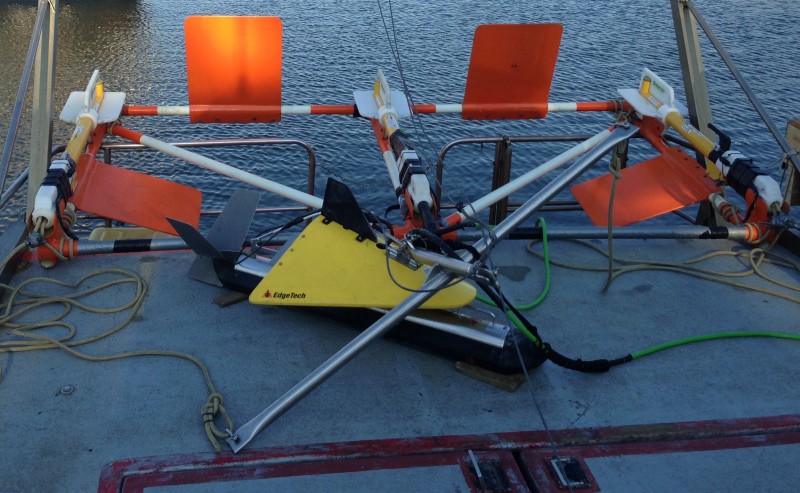Lakes are known for their tranquillity and serene views. But beneath their calm surfaces, lies a world that is still mysterious and unexplored. This is where underwater magnetometers come into play, which help in collecting data about the hidden world beneath the water. In this essay, we will discuss the underwater magnetometer for lakes and shallow depths, data collection, and risks associated with it.

If you’re planning to use an underwater magnetometer in shallow depths, here are important things to keep in mind:
Safety first: Before you begin using an underwater magnetometer, ensure that you have the necessary safety equipment, such as life jackets, first aid kits, and rescue equipment.
Plan your survey: Plan your survey carefully and decide on the areas you want to cover. Make sure to take into account the depth of the water, the weather conditions, and the tidal patterns.
Check for underwater hazards: Before deploying the magnetometer, check the area for underwater hazards such as rocks, reefs, and submerged objects.
Prepare your equipment: Check your magnetometer and other equipment for any damage or malfunction. Make sure to calibrate the magnetometer according to the manufacturer’s instructions.
Position your equipment: Position your magnetometer at the appropriate distance from the boat and ensure that the cable is securely attached.
Monitor the readings: Monitor the readings of the magnetometer and take note of any changes or anomalies.
Keep the cable untangled: Ensure that the cable of the magnetometer is free from tangles and is not entangled with any underwater debris.
Be aware of underwater currents: Be aware of any underwater currents that can affect the readings of the magnetometer. Use a GPS or other equipment to track your position and adjust your survey accordingly.
Avoid interfering with aquatic life: Be careful not to interfere with the aquatic life in the area. Keep your boat and equipment at a safe distance from any marine animals.
Record your data: Record your data accurately and keep track of the time, location, and other relevant information. This will help you analyze the data later and draw meaningful conclusions.
By following these ten important steps, you can safely and effectively use an underwater magnetometer in shallow depths and collect valuable data about the underwater world.

How underwater magnetometer work?
An underwater magnetometer is a device that measures the magnetic field of the earth’s crust, which helps in identifying the magnetic anomalies in the water. These anomalies can be caused by various factors, such as the presence of metal objects, geological formations, and even sunspots. By using an underwater magnetometer, researchers can map the magnetic anomalies and get a better understanding of the underwater landscape.
One of the most significant advantages of using an underwater magnetometer is that it can be used in shallow depths. Shallow waters are often home to a variety of aquatic life, making them an essential area for research. However, traditional methods of data collection such as scuba diving and sonar are not only time-consuming but can also disturb the aquatic ecosystem. An underwater magnetometer can help in collecting data without disturbing the aquatic life, making it an eco-friendly option.
But like any technology, using an underwater magnetometer comes with its own set of risks. One of the most significant risks associated with underwater magnetometers is the possibility of entanglement. Since the magnetometer is attached to a long cable, there is a risk of it getting tangled with underwater debris. In extreme cases, the cable can snap and cause damage to the equipment, or even worse, harm the aquatic life.
Another risk associated with underwater magnetometers is the possibility of data distortion. The magnetic anomalies in the water can be caused by a variety of factors, and sometimes these factors can interfere with the readings of the magnetometer. Factors such as underwater currents, temperature changes, and even the presence of other equipment can cause data distortion. Researchers need to be aware of these factors and take appropriate measures to minimize data distortion.
Science of underwater magnetometry
In conclusion, an underwater magnetometer is a valuable tool for researchers studying the underwater world. It is a non-invasive, eco-friendly way to collect data about the hidden world beneath the water’s surface. However, researchers must also be aware of the risks associated with using an underwater magnetometer, such as entanglement and data distortion. By taking appropriate precautions and being mindful of these risks, researchers can make the most of this technology and uncover the mysteries of the underwater world.
